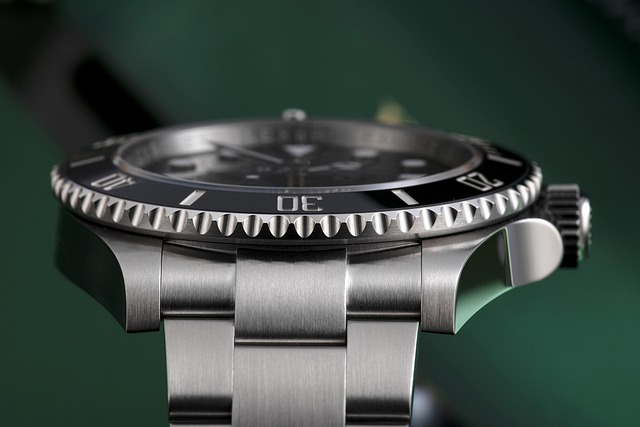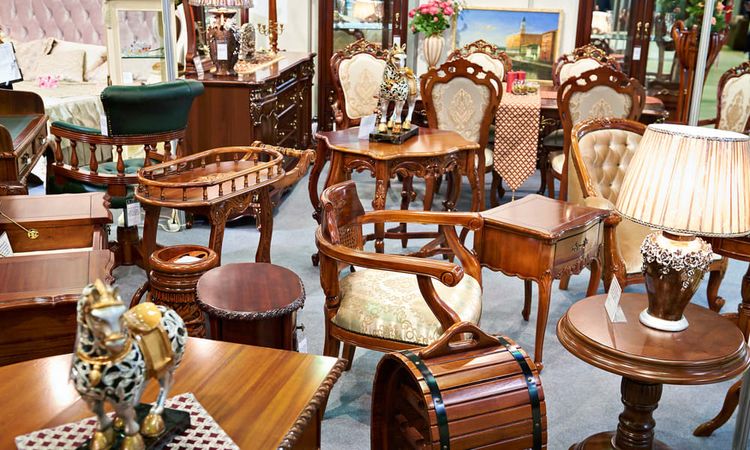Rolex Watches with Green Dials — Models, Design, Authentication, Care and Buying Guide
Green has become one of the most distinctive dial colors in modern and vintage watchmaking, and few brands have explored it as thoughtfully as Rolex. From subtle olive tones to vivid sunburst finishes and natural stone, green dials pair technical robustness with visual character. This guide outlines the heritage, notable models, design cues, authentication checks, and care essentials.

Green dials occupy a special place in the Rolex catalog, signaling milestones, material innovation, and evolving tastes among collectors. Whether rendered as an understated olive on precious metal or a vibrant sunray lacquer, the color shifts personality under different lighting. Understanding where green fits in Rolex history, which references use it, and how to evaluate authenticity and condition can help enthusiasts navigate a focused, enduring niche within the brand’s broader range.
Heritage and significance of Rolex green dials
Rolex has used green for commemorative and symbolic purposes for years. The brand’s corporate color is green, and it has periodically appeared on anniversary pieces and dial experiments across collections. Green dials can indicate different intents: celebratory references tied to milestones, stylistic updates that respond to modern tastes, and occasional natural-stone executions that highlight craftsmanship. Over time, these releases helped establish green as both a signature hue and a canvas for varied textures and finishes.
Popular Rolex models featuring green dials
Several families have seen notable green-dial variants. The Submariner Date ref. 116610LV features a green dial and bezel, earning the collector nickname “Hulk.” The Cosmograph Daytona in yellow gold (for example, ref. 116508) is known for its radiant green sunburst dial. Day-Date models in precious metals often include olive-green dials, and select Datejust configurations offer mint-green options in multiple sizes. Oyster Perpetual models have also appeared with clean, matte-style green dials. Some Day-Date and Datejust pieces have featured malachite—an expressive natural green stone—adding a different aesthetic from painted or sunray surfaces. Availability varies over time and by market.
Design details: materials, finishes and color variations
Rolex cases and bracelets pair with green dials in Oystersteel, yellow gold, white gold, and Everose gold, as well as two-tone Rolesor. Dial textures range from lacquer and sunray (often called soleil) to gloss and stone. Sunray green can shift from deep emerald to bright lime depending on light, while olive reads more muted and formal. Applied indices, Chromalight lume (blue emission) or Super‑LumiNova (green emission on earlier models), and the signature Cyclops magnifier shape legibility and character. Bezel choices—ceramic, precious metal, or gem-set on select references—further influence how a green dial reads on the wrist, from sport-forward to dressy.
Authentication tips and how to spot counterfeits
Examine the dial printing under magnification: fonts should be crisp with consistent spacing, and the coronet at 12 o’clock should be sharply defined. Most modern pieces feature a micro‑laser‑etched coronet at 6 o’clock on the crystal; it’s subtle and properly aligned. Check the engraved rehaut (inner bezel) on many contemporary models for even “ROLEX” etching and a serial at 6 o’clock aligned with the dial markers. The Cyclops typically provides around 2.5x magnification with clear edges. Case and bracelet finishing should show sharp transitions, correct brushing, and solid end links. Inside, movements should match the reference and exhibit clean assembly. Paperwork can be forged, so prioritize the watch itself and consider independent verification by a qualified watchmaker or a recognized authentication service in your area. Provenance and seller transparency are critical.
Care, maintenance and buying considerations
Basic care preserves both function and appearance. Rinse with fresh water after exposure to salt or chlorine, and dry with a soft cloth. Ensure the crown is fully screwed down before any contact with water; Oyster cases are typically water‑resistant to 100 meters (diver’s models higher), but gaskets age and should be pressure‑tested periodically. Avoid strong magnetic fields and extreme shocks. Light cleaning between links and under the bezel overhang helps prevent grime buildup that can cause bracelet stretch. Rolex recommends service intervals that can extend up to about 10 years depending on use; more frequent checks may be wise for daily wear, heavy water exposure, or vintage pieces.
When purchasing, align the reference, serial range, dial variant, and hands set. A dial that doesn’t match the period or metal may indicate a later swap. Review case geometry for over‑polishing, especially on lugs and crown guards. Inspect bracelet codes, clasp stamps, and end‑link fit. “Full set” accessories—warranty card, boxes, booklets, and tags—can support provenance, but authenticity should never rely on packaging alone. Given shifting demand for green dials, availability changes; patience, documentation, and professional inspection generally lead to better outcomes whether buying from authorized channels or reputable pre‑owned specialists.
Conclusion Green dials at Rolex span celebratory sports icons, refined precious‑metal dress pieces, and expressive stone variants. Their appeal comes from the interplay of color, texture, light, and robust engineering. By understanding the heritage, knowing which references truly use green dials, checking design details with care, and approaching authentication and maintenance methodically, collectors can appreciate this distinctive segment with confidence over the long term.




